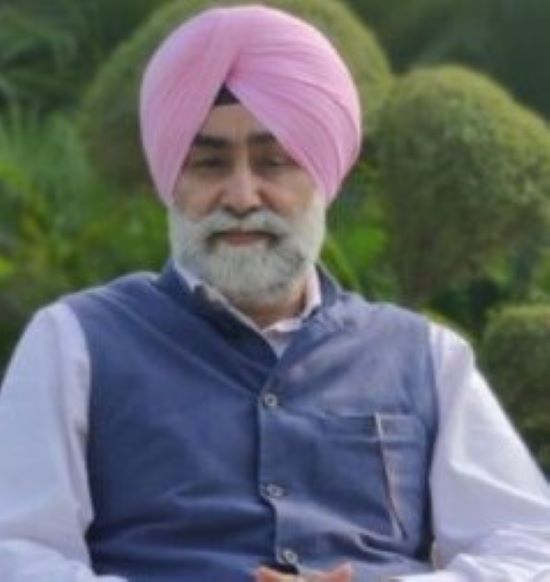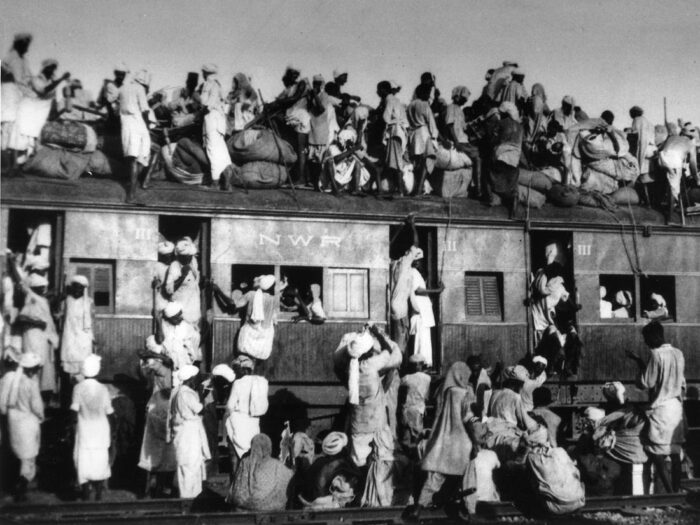 Every year, when August 15 is celebrated as India’s Independence Day, the official story frames it as the “Partition of India.” But for those of us whose roots are in Punjab, this narrative is incomplete — even dishonest. It was not merely the partition of a country; it was the partition of *Punjab*. Our land, our people, our rivers, our history — all ripped apart in one of the most brutal dismemberments in human history.
Every year, when August 15 is celebrated as India’s Independence Day, the official story frames it as the “Partition of India.” But for those of us whose roots are in Punjab, this narrative is incomplete — even dishonest. It was not merely the partition of a country; it was the partition of *Punjab*. Our land, our people, our rivers, our history — all ripped apart in one of the most brutal dismemberments in human history.
Punjab was divided on paper by men sitting thousands of miles away, but the consequences were written in the blood of its people. This was not an abstract redrawing of maps; it was a living, breathing civilization being hacked in two. Our fields were split, our waters divided, our cities cut in half. Families that had shared harvests and hearths for centuries were torn apart overnight.
I know this pain not from history books, but from my own family’s scars. My father was about five years old in 1947. My aunts were just a few years older. My grandmother, a widow, left everything behind — her home, her land, her possessions — carrying nothing but a few land ownership records. She sent her children ahead with some relatives, unsure if she would ever see them again. She followed later, moving through chaos and danger. For months, the family searched refugee camps, scanned registers of names, asked passing strangers and distant relatives — until, after endless worry and despair, they found each other and were reunited.
What my family endured was what millions of Punjabi families went through. In a matter of months, more than a million Punjabis were killed in massacres and revenge killings — the highest death toll of Partition anywhere in the subcontinent. An estimated 14 to 15 million people were uprootedfrom their ancestral homes across India and Pakistan, and more than 10 million of them were from Punjab alone. Nearly 5 to 6 million Hindus and Sikhs moved east from what became Pakistan, while a similar number of Muslims were forced west from Indian Punjab.
The migration was the largest and most violent in human history. Trainloads of refugees crossed the new border, many arriving as nothing more than rolling coffins. Endless columns of men, women, and children, carrying only what they could balance on their heads or shoulders, trudged through burning fields and ransacked villages. Women were abducted, assaulted, or driven to take their own lives to escape dishonour. The rivers of Punjab — Ravi, Sutlej, Beas — ran red, not with the bounty of harvest, but with the blood of innocents.
And yet, the story is often told as if Punjab were a mere stage for the “Partition of India.” Delhi got freedom; Punjab got funerals. Bengal, too, was divided, but the scale and savagery in Punjab was unmatched. We were the land that paid the highest price for independence — and the price was extracted in lives, not just in lines on a map.
Even the waters were not spared. The Indus system, the lifeblood of our agriculture, was split, with rivers assigned to one side or the other as if they were pieces of furniture in a divorce. Punjab’s economic and ecological foundation was fractured alongside its social fabric.
The tragedy is not just historical — its wounds still shape us. The mistrust sown in 1947 has been exploited repeatedly, both by internal politics and by external forces. Our history has been misrepresented in schoolbooks, our trauma diluted into the larger national narrative, our loss reduced to a footnote.
Seventy-eight years later, the people of Punjab — on both sides of the border — still live with the consequences. The generation that witnessed the bloodshed is almost gone, but the pain survives in the stories passed down, in the silence of old photographs, in the unmarked graves that dot our soil.
The Partition of Punjab was not just a political act. It was a civilizational amputation. We must remember it as such — not to reopen wounds, but to tell the truth. Because until we acknowledge that the Partition was, above all, *Punjab’s partition*, we will continue to misunderstand both our past and our present.
For India, 1947 was the year of freedom. For Punjab, it was the year of loss.
It is time our historians, our schoolbooks, and our political leaders have the courage to say it plainly: India did not bear the brunt of Partition — Punjab did. And until Punjab’s sacrifice is recognised in full, the story of independence will remain an incomplete truth.